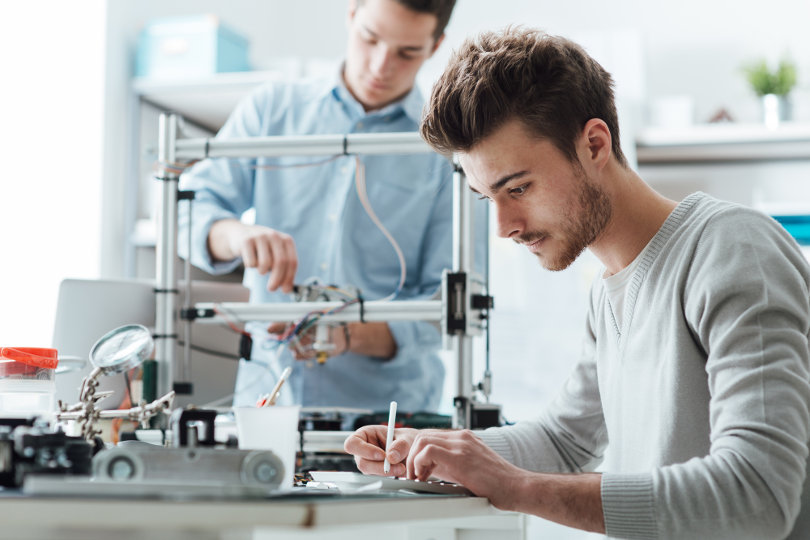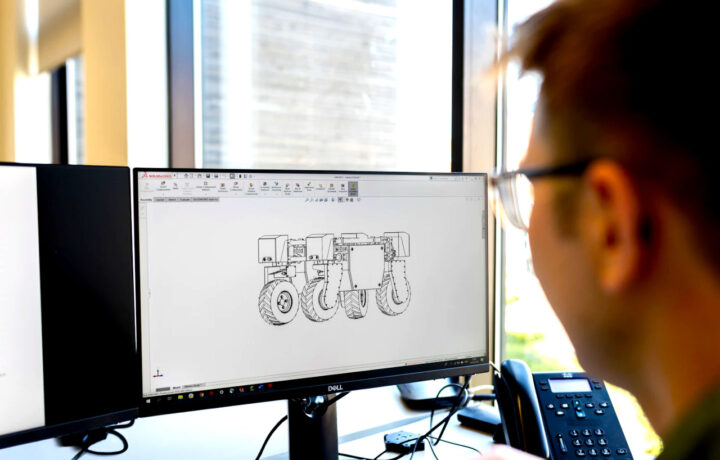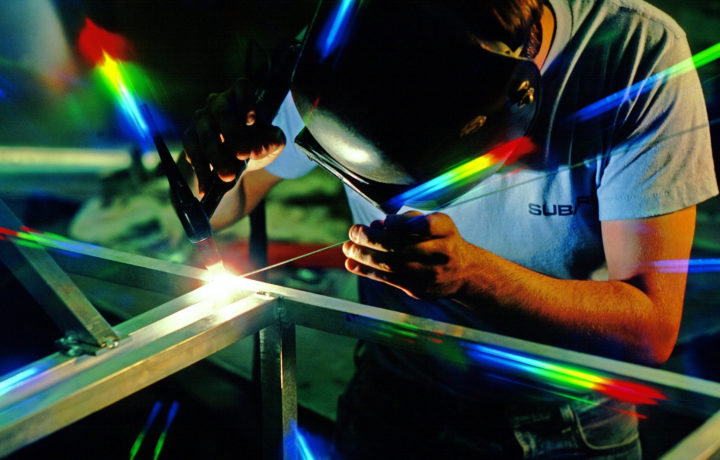Manufacturing companies keep trying to come up with ways that will ensure they maintain quality and efficiency. With all the discussion concerning environmental conservation, it is no surprise that lean manufacturing is becoming popular by the day.
And the 3D printing technology has recently crashed the lean manufacturing processes party to emerge as a viable technology that will change lean manufacturing.
But how?
Let us explore…
What is lean manufacturing?
Lean production or lean manufacturing is the type of production that aims to reduce the amount of waste produced during the manufacturing process without compromising on the value of the product.
The core principles of lean manufacturing are good housekeeping, waste management, and standardization.
Where does 3D printing come in?
3D printing is the process of making three-dimensional objects from a digital file using additive processes.
An assistive process involves laying several layers of material until the object is created.
3D printing has become more versatile and affordable which has led to more companies using it for their benefit.

How 3D printing has changed lean manufacturing
Advancements in 3D printing have made several changes to the lean manufacturing industry. Here are 4 changes 3D printing has brought.
1. Less waste
One major problem in manufacturing is the amount of waste produced.
3D printing reduces waste production since the machines accept recycled materials as long as they were well treated.
This also solves the raw material problem since manufacturers can use the waste they produce to make other products.
2. Product customization
The main benefit of 3D printing is the ability to create several designs with the same machine.
The technology has made it possible for more companies to start making customized products for their customers. This is seen in the creation of prosthetic limbs that are made with specific customer specifications.
At the rate the technology is evolving, soon, more companies will be offering customized options for traditional products.
3. Greater creativity leading to new products
All manufacturing methods have their limits when it comes to product design. However, 3D printing emerges stronger than most methods.
Initially, product design obstacles would be overcome by using different manufacturing methods, dividing the design into different parts or outsourcing. 3D printing allows designers to look into different concepts that were not possible.
Products that have complex designs can now be created from a single piece, and those that have moving parts can be made with the parts intact.
This eliminates the need to attach the parts later which reduces the chances of having some products miss some of their parts.
With the increased flexibility in creativity, it is no surprise that there are several prototypes in the market.
4. Easy replacement parts
As the technology takes its place in the manufacturing industry, more machines are being made with 3D printed parts. The advantage of this is that these parts are compatible with any 3D printer machine which makes them easy to replace.
The days of waiting for manufacturers to send replacement parts are long gone thanks to 3D printing technology.
Final thoughts
3D printing technology keeps evolving. While it seems interesting, there is still a lot to learn from it.
However, with the changes it has made in lean manufacturing, there is a lot coming in harnessing the technology to help make manufacturing more efficient and cheaper.




